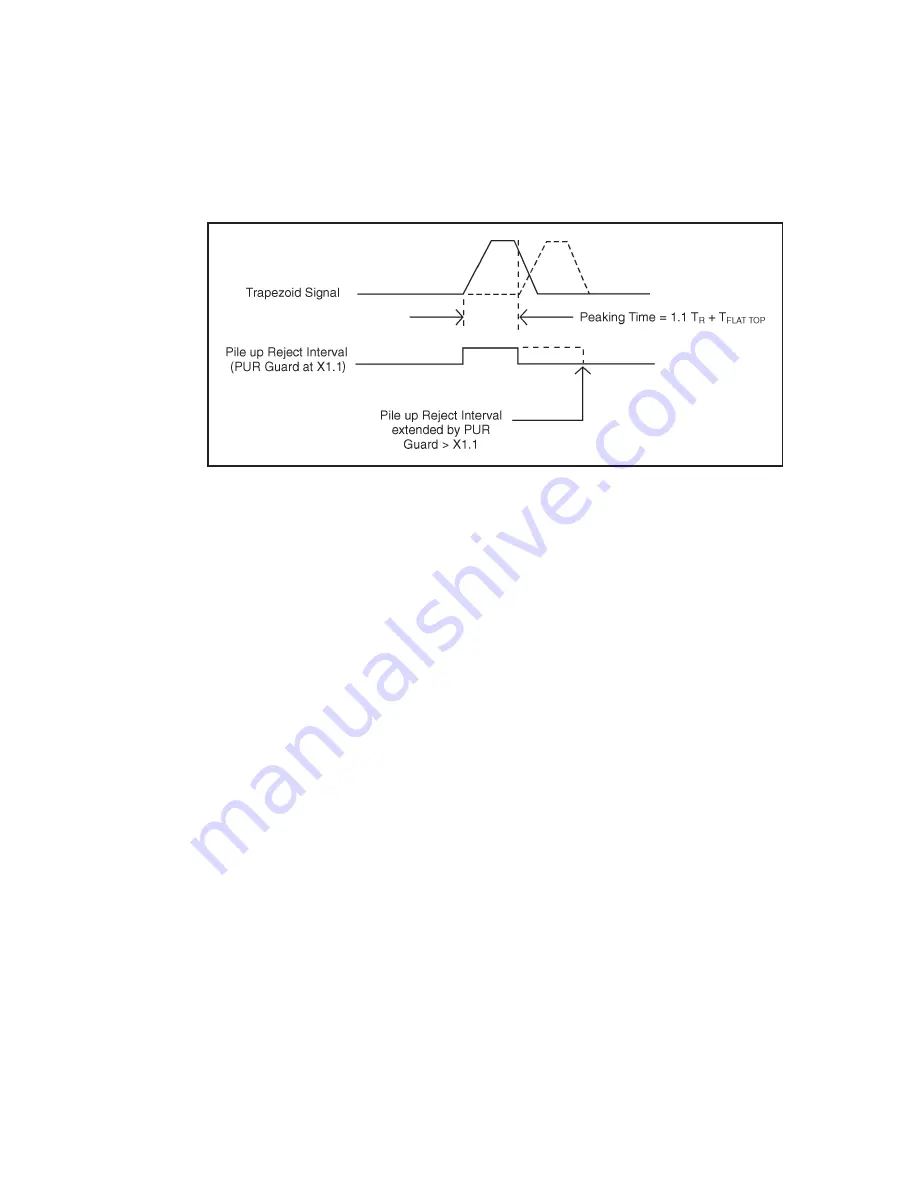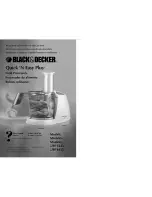
With the default (minimum) PUR GT setting (1.1x) the pile up reject interval and the
Peaking Time are the same; see Figure 25.
Subsequent events arriving within the PUR reject interval are rejected, events occur-
ring afterwards are accepted. Increasing the Guard Time extends the pile up rejection
interval to protect subsequent events from being corrupted by anomalies associated
with the tail of the previous event. As expected, throughput is reduced as the Guard
time and pile up rejection interval are increased. The maximum Guard Time setting
(2.5x) requires the previous event to fully return to the baseline before subsequent
events are accepted. The default Guard Time (1.1x) is minimum and provides opti-
mum performance and maximum throughput for most detector applications.
For the example shown above, the second event begins before the first returns to the
baseline. This is not normally a problem and the second event should be accepted for
maximum throughput. However, if the tail of the first event exhibited detector-induced
anomalies, the second event would be corrupted and should not be accepted. To pre-
vent acceptance of this corrupted event, the PUR Guard should be increased as shown.
Some detectors with RC preamps may exhibit secondary time constants which is evi-
dent by a short lived undershoot or ring on the trailing edge of the shaped signal (see
Figure 26).
Chapter 7 - PUR/LTC Operation
52
Model 9660-9660A ICB Digital Signal Processor
Figure 25 PUR Reject Interval
















































